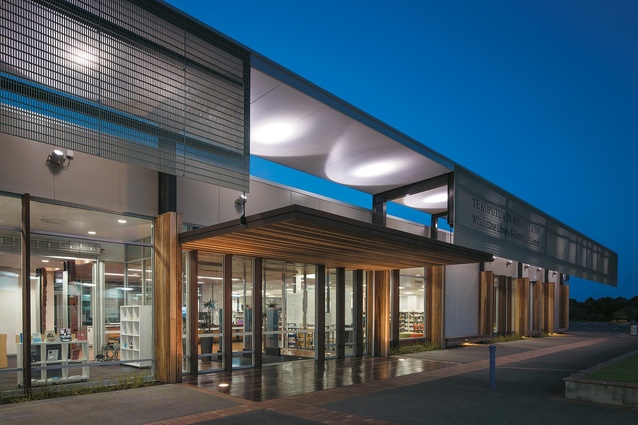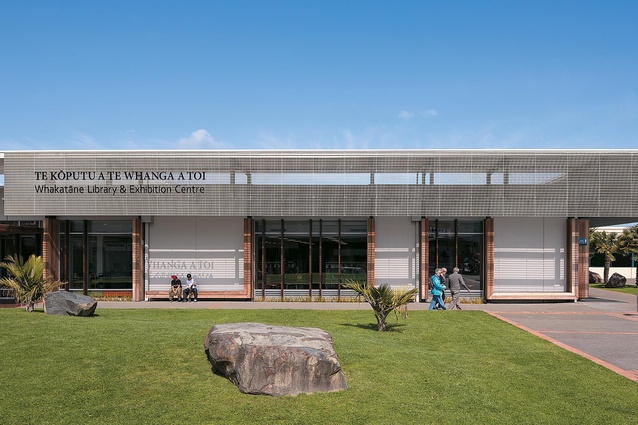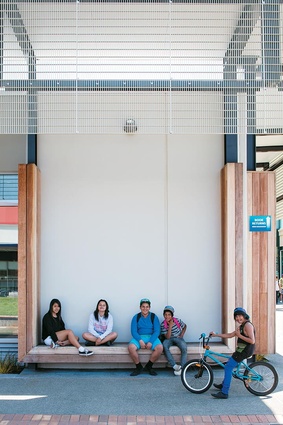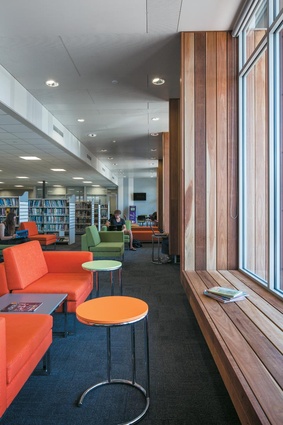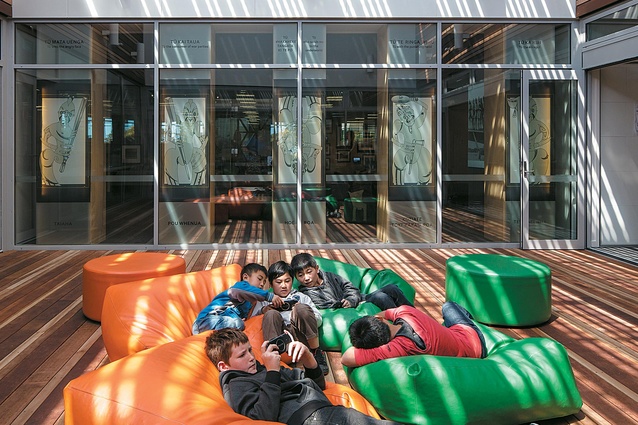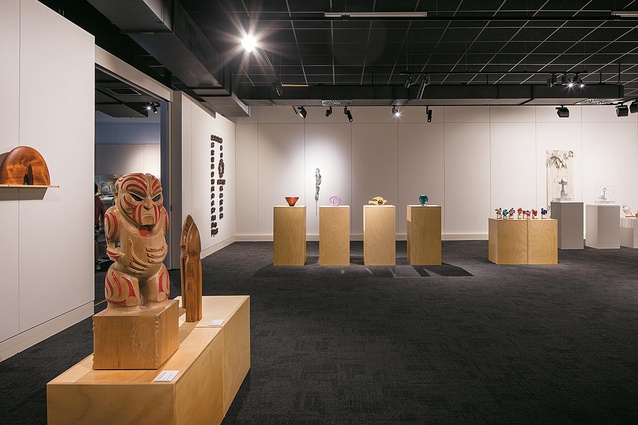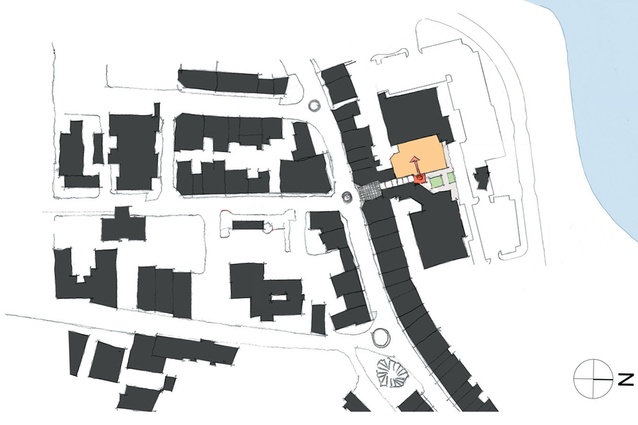Te Koputu a Te Whanga a Toi – Whakatane Library & Exhibition Centre
It is rebuilt from of a large, abandoned Briscoes building and it’s hard to pinpoint what is most impressive about Whakatãne’s new Library & Exhibition Centre. Is it the fact that works of art now hang where kitchenware once sat? Or the fact that it has revitalised a part of town which had suffered from a bigbox retailer leaving for a larger site? It could be that it has given a connection between the town’s high street and Whakatãne River. Or is it simply the fact that more people are now using the library?
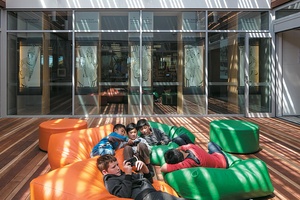
The store, like so many large retailers in the Eastern Bay town, had relocated to a bigger site on the outskirts of Whakatãne a number of years ago. Briscoes had stood at the end of Esplanade Mall, a walkway from Whakatãne’s high street, The Strand, through to the river. Once Briscoes moved out, so did many of the smaller shops in the mall and it became like a retail ghost town. Whakatãne District Council originally wanted to build a new library and cultural centre in a purpose-built building; however, budget restrictions made them look at converting an existing site. The Briscoes site might not have been an obvious choice for the new cultural centre, but Irving Smith Jack Architects thought it had potential: “The Briscoes building was too big for another retailer to take on and it was a good opportunity to reinvigorate that part of town,” suggests architect Jeremy Smith.
Whilst it was built on a limited budget of $2.95 million, the effect Te Kõputu a te Whanga a Toi – Whakatãne Library & Exhibition Centre (to use its full name) has had on its surrounding area and Esplanade Mall, in particular, should not be underestimated. It has given vibrancy to a small part of town that was dead. New shops have taken up residence in the mall, a sushi restaurant opposite has been refurbished and the square outside the library is now buzzing. The architects cleverly created a connection between the library and the buzz outside. “One strategy, behind what we did,” suggests Smith, “was that we wanted to make people walk down the walkway and be able to see into the library and the people inside would be able to look out at people walking by.” In fact, the practice did more than create a connection, it encouraged it. The long lines of the building are broken up by large windows, which are framed with wooden frames. The frames have been extended to provide bench-style seating inside and outside the library.
It was important that the library and exhibition centre reflect the strong Mãori influence and culture in the Eastern Bay; the name Te Kõputu a te Whanga a Toi can be interpreted to mean a place within Toi where knowledge was collected. The region has approximately a 50/50 Mãorii/Pãkehã split and, positively, it is not unusual to hear kids speaking te reo in the library.

